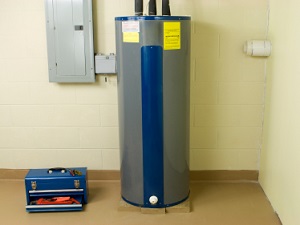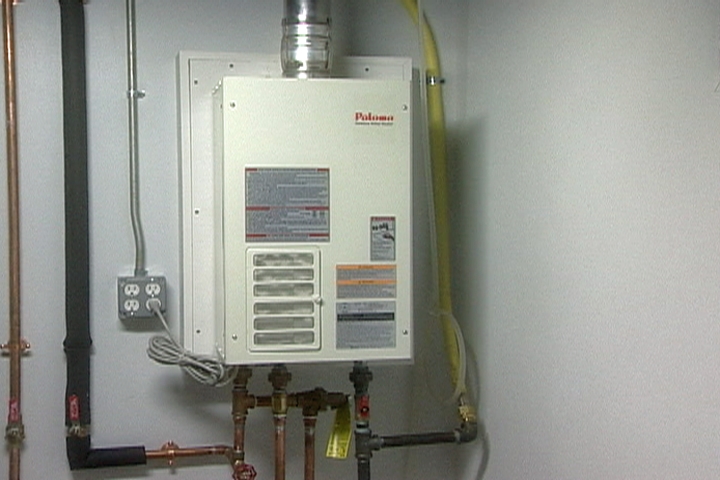Just how do you actually feel in regards to Tips on Maintaining a Water Heater?

Hot water is essential for daily convenience, whether it's for a refreshing shower or washing recipes. To ensure your warm water system runs efficiently and lasts longer, normal maintenance is crucial. This short article gives useful pointers and understandings on how to preserve your home's warm water system to prevent disturbances and costly repair services.
Intro
Maintaining your home's warm water system could seem difficult, however with a couple of easy actions, you can ensure it operates efficiently for several years to come. This guide covers every little thing from understanding your warm water system to do it yourself maintenance ideas and recognizing when to hire expert aid.
Relevance of Maintaining Your Warm Water System
Normal maintenance not only extends the life expectancy of your warm water system yet also ensures it runs successfully. Overlooking upkeep can bring about lowered efficiency, higher power costs, and also early failure of the system.
Signs Your Hot Water System Needs Maintenance
Understanding when your warm water system requires attention can avoid major problems. Keep an eye out for indicators such as inconsistent water temperature, unusual sounds from the heating system, or rustic water.
Purging the Hot Water Heater
Flushing your water heater eliminates debris build-up, boosting performance and prolonging its life.
Checking and Replacing Anode Rods
Anode rods avoid rust inside the storage tank. Checking and changing them when broken is critical.
Complicated Issues Requiring Specialist Aid
Instances consist of significant leakages, electric troubles, or if your hot water heater is continually underperforming.
Routine Expert Maintenance Advantages
Expert maintenance can include comprehensive evaluations, tune-ups, and making certain compliance with security standards.
Inspecting and Adjusting Temperature Settings
Readjusting the temperature level setups makes sure ideal performance and safety.
DIY Tips for Maintenance
You can execute numerous maintenance tasks yourself to keep your warm water system in leading condition.
Checking for Leakages
Consistently examine pipes and links for leakages, as these can result in water damage and greater expenses.
Comprehending Your Hot Water System
Prior to diving right into maintenance jobs, it's practical to recognize the fundamental components of your hot water system. Normally, this includes the hot water heater itself, pipelines, anode rods, and temperature level controls.
Regular Monthly Maintenance Tasks
Normal regular monthly checks can help capture minor issues prior to they escalate.
Checking Stress Alleviation Valves
Testing the stress relief valve ensures it works correctly and protects against extreme pressure build-up.
Insulating Pipelines
Protecting warm water pipes reduces warm loss and can save energy.
When to Call a Specialist
While do it yourself maintenance is beneficial, some problems require specialist competence.
Conclusion
Normal maintenance of your home's hot water system is crucial for effectiveness, longevity, and price financial savings. By following these pointers and understanding when to seek expert help, you can guarantee a reliable supply of warm water without unexpected disturbances.
How to Maintain an Instant Hot Water Heater
Before tinkering with your hot water heater, make sure that it’s not powered on. You also have to turn off the main circuit breaker and shut off the main gas line to prevent accidents. Also turn off the water valves connected to your unit to prevent water from flowing into and out of the appliance. 2. When you’re done, you have to detach the purge valves’ caps. These look like the letter “T” and are situated on either side of the water valves. Doing so will release any pressure that has accumulated inside the valves while at the same time avoid hot water from shooting out and burning your skin. 3. When the purge valves’ caps are removed, you have to connect your hosing lines to the valves. Your unit should have come with three hoses but if it didn’t, you can purchase these things from any hardware or home repair shops. You can also get them from retail stores that sell water heating systems. Read the user’s manual and follow it to complete this task properly. When the hosing lines are connected, open the purge port’s valves. 4. You should never use harsh chemical cleaners or solutions when cleaning your unit. Make use of white vinegar instead. It should be undiluted and you’ll probably use about 2 gallons. 5. Now flush your water heater. This task should probably take about 40 minutes. We can’t give you specific directions for this because the procedure is carried out depending on the type, model and brand of your heater. With that being said, refer to the user’s manual. 6. When you’re done draining the unit, you have to turn off the purge port valves again. Remove the hosing lines that you earlier installed on each of the water valves. Put the valve caps (purge port) back in their respective places and be very careful so as not to damage the rubber discs that are found inside these caps. 7. Now that everything’s back in place, check your user’s manual again to find out how to reactivate your water heating system. 8. Once it is working, turn one of your hot water faucets on just to let air pass through the heater’s water supply pipes. Leave the tap on until water flows smoothly out of it. https://www.orrplumbing.com/blog/2014/september/how-to-maintain-an-instant-hot-water-heater/

I stumbled upon that write up about What Kind of Maintenance Do Water Heaters Need? when doing a lookup on the internet. For those who enjoyed reading our blog post plz be sure to share it. Thank you for taking the time to read it.
Click Here